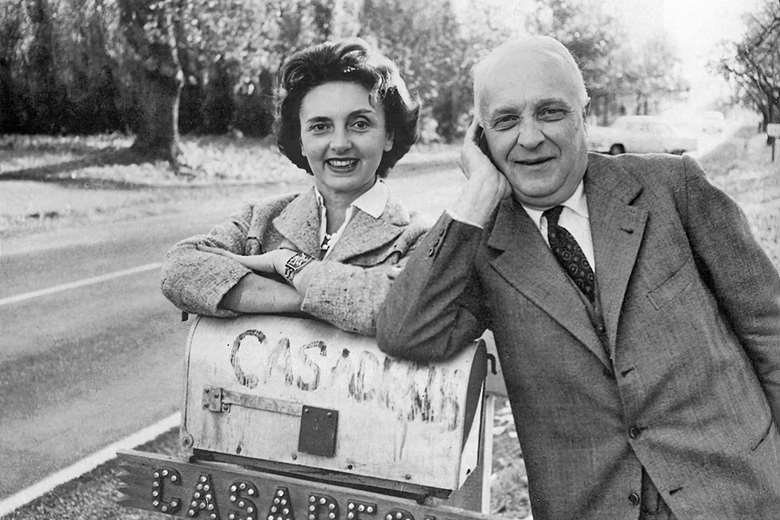Remembering Gaby Casadesus
Charles Timbrell
Friday, August 30, 2024
To mark 25 years since the death at the age of 98 of Gaby Casadesus, whose life spanned almost the entire 20th century, Charles Timbrell offers a personal tribute

Register now to continue reading
This article is from International Piano. Register today to enjoy our dedicated coverage of the piano world, including:
- Free access to 3 subscriber-only articles per month
- Unlimited access to International Piano's news pages
- Monthly newsletter












